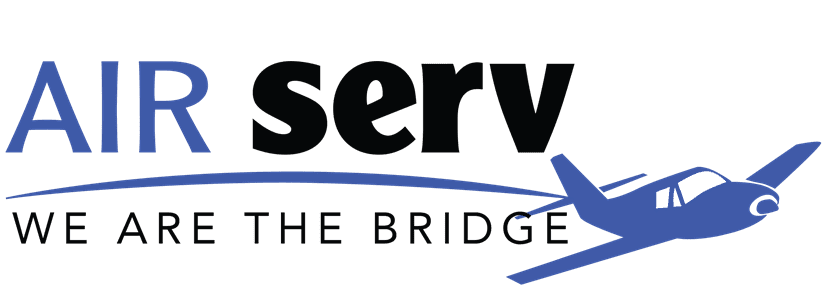16 Dec You can’t save folks from starvation if you can’t reach them
How we use planes, land rovers, even motorbikes
By Henry Weil, ACF Editor
Among the array of challenges facing humanitarian workers, one of the knottiest is transporting people and supplies to distressed beneficiaries who need assistance. The goal, says Frazer Murray, our Mission Management Logistician, is to deliver “the right thing at the right time in the right place for the right price.”
Price is a major consideration. The more inexpensively we can operate, the greater the number of beneficiaries we can assist. But without the right conveyance, we can’t assist anyone.
Across the Ocean
To transport personnel overseas, airlines sell us tickets at so-called missionary fares-the cheapest available. When we transport cargo overseas, however, we can seldom fill a plane’s capacity with supplies for our own projects, so typically we’ll coordinate with other humanitarian organizations to ensure that planes are filled and costs are shared.
In the Field
A typical country project will require a fleet of 10 to 20 vehicles garaged at its base, each capable of handling difficult terrains. Most commonly our vehicles are land cruisers that can cross territory that lacks roads, railroads, or airports. Most land cruisers can carry up to eight staffers or modest loads of supplies. Sometimes we need the larger capacities of trucks, but large vehicles are more expensive to buy and maintain, so we try to minimize reliance on trucks when forecasting transportation needs.
If land between our bases and our beneficiaries is impassable because of, say, flooding, landslides, collapsed bridges, or military conflict, we may need to travel by air. In Pakistan following the road-destroying 2005 earthquake, for example, we resorted to helicopters. As with international cargo flights, when we use helicopters we typically coordinate with other organizations that likewise need to deliver by air so that the helicopters are full and the costs are shared.
By Air
Sometimes we resort to bush-pilot air services. Air Serv International, for example, is a non-profit humanitarian organization that flies relief workers and supplies, often using single- and twin-engine aircraft, to desperate victims of disasters who can’t be reached by road. Its daring pilots can land and take off from natural or hand-hewn landing strips in isolated communities. If necessary, its pilots can also evacuate endangered personnel during emergencies.
We almost never resort to dropping supplies from the air, however. To begin with, cargo falling from the skies poses a danger to communities below. And second, villagers who see the drops can appropriate their contents before our workers can collect the deliveries for more targeted distribution.
Via Water
Sometimes when roads are problematic, alternative water routes are available. In South Sudan, for instance, we sometimes transport personnel and supplies by boat. An inflatable rigid-hull riverboat can transport as many as 14 staffers. But just as often, we resort to pirogues-essentially motorized canoes.
Our Most Versatile Option
Finally, we often depend on motorbikes. One driver and one bike can deliver a week’s supply of medicine to a clinic in the field. Moreover, one bike can deliver both a driver and passenger clutching the driver from behind, which effectively transports perhaps a nurse and a sanitation engineer in a single trip. Similarly, when one of our workers is assigned to explore remote communities to assess their need for our assistance, a motorbike is the least expensive and most versatile conveyance.


No Comments